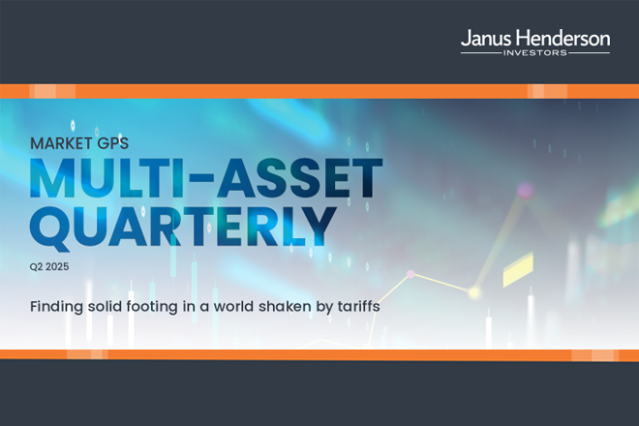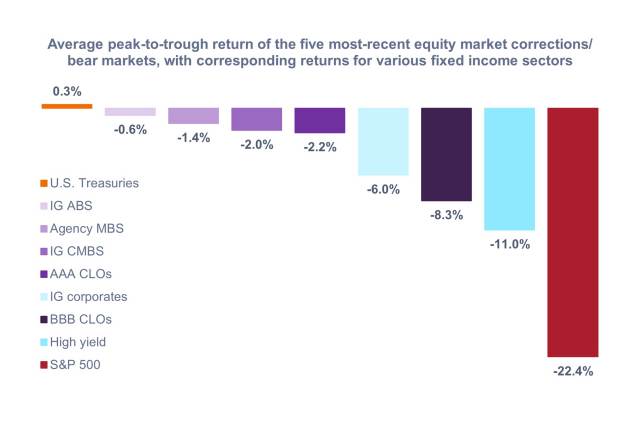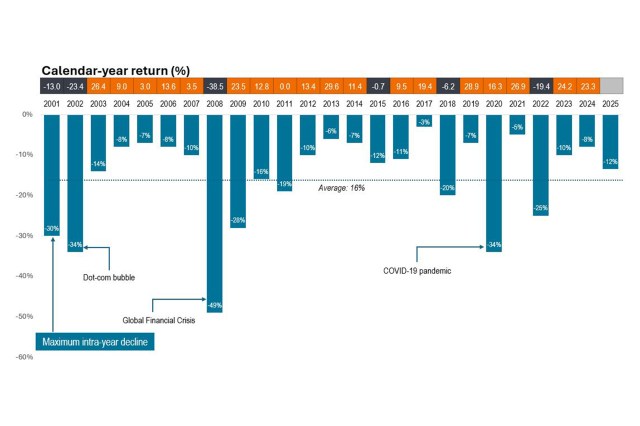What do current market dynamics mean for asset allocation? The Market GPS Multi-Asset Quarterly highlights key drivers and positioning.
Insights
Our latest thinking on the themes shaping today’s investment landscape. Explore timely updates, quarterly features and in-depth analysis straight from our experts.
Why we believe it’s prudent for investors to stay the course with their long-term objectives, even in volatile markets.
A discussion of the implications of additional US tariffs on Chinese exports and the measures to support its economy.
For investors who are relatively new to securitized fixed income, recent market volatility may have provided the first opportunity to witness how securitized sectors might respond when equity markets pull back.
Trump’s latest semiconductor restrictions are advancing the shift towards AI chip deglobalisation.
With Trump's tariffs reshaping global trade, our portfolio managers share insights on the longer-term implications for financial markets.
We consider what current yields have historically meant for investors.
How can investors weather this storm? We explore how European securitised investments stand amid the volatility.
As the impact of a new tariff regime spreads across the market, Portfolio Manager Ollie Beckett considers the potential for European smaller companies to adapt and thrive.
Intra-year stock market declines have historically rarely translated to the market being down for the entire year.
Views on the implications of tariffs on Japanese companies.










